You know how some people are obsessed with stamp collections or fantasy football teams? Well, we're obsessed with cookbooks. Here, we'll talk them.
Today: Sarah Britton's My New Roots just might have you turning over a new leaf in your kitchen (even if you already cook with amaranth and make your own kefir). It did for Contributing Writer and Editor Lindsay-Jean Hard.
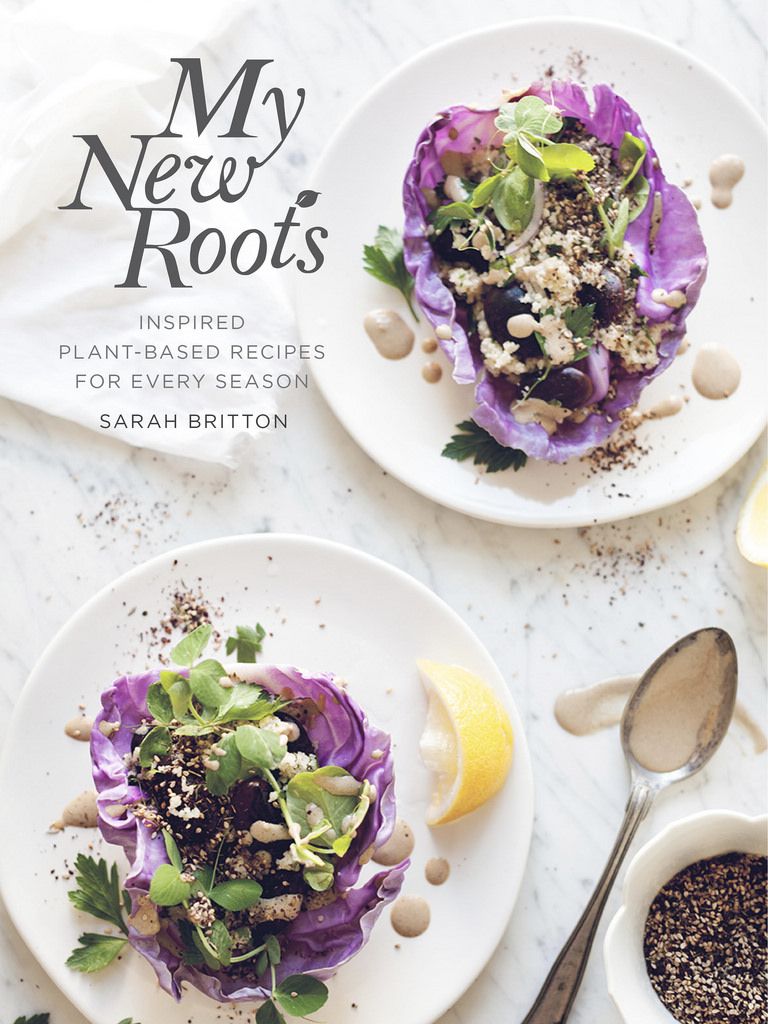
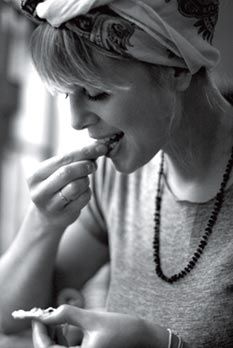
When someone tells you that their entire approach to food changed when they tasted a tiny, yellow, pear-shaped tomato straight from the vine, you might be skeptical, and rightly so. In someone else’s hands, this type of proclamation could come across feeling swiped from a lifestyle blog, where hippie-dippy recipes sit next to recommendations for exotic vacations and overpriced athletic wear, all of which will Change. Your. Life. But My New Roots by Sarah Britton never comes across like that. This book is sincere, the recipes the ones she's cooking and eating herself.
As a holistic nutritionist and certified nutritional practitioner, Britton wants us all to take care of our minds and bodies and to be our best selves, true, but she’s not asking us to do that with the Cabbage Soup Diet. It’s clear she loves to eat, enjoys food, and wants to share that passion. The recipes in Britton's book and on her blog are all plant-based and vegetable-laden, but that doesn’t mean rabbit food: Britton is sharing recipes with substance; this is food to dig into, it just also happens to be healthy. But here on Food52, we often shy away from using the term “healthy”: It’s a loaded word, and one that means different things to different people. Britton has no such qualms and freely uses the word “healthy” to describe her whole food-based recipes. Fortunately, she has a common sense approach to healthy eating:
I get many e-mails from readers asking for the nutritional breakdown of my recipes, and I can happily tell them that it doesn’t matter because every one of those calories is good for them. Health is the natural consequence of using whole foods, organic ingredients, and conscious cooking techniques. What you eat becomes something to celebrate, instead of something to scrutinize.
With Britton's plant-based diet, eating seasonally comes naturally—and that's something we can all get behind. Her cookbook is, in fact, broken down by season, though not four seasons as many of us are used to. Instead, there are five: She splits the summer into two parts: early and late. This choice was based both on her first-hand experience working on a farm and her knowledge of Traditional Chinese Medicine's system of five elements, which she learned about in her holistic nutrition studies. From there, the seasonal-focused chapters each feature recipes in four categories: Morning, Small Measures, Mains, and Sweets. All are pretty straightforward—the most ambiguous, Small Measures, features a wide-range of smaller bites: everything from soups and salads to dips and beverages.
More: Have a small bite.
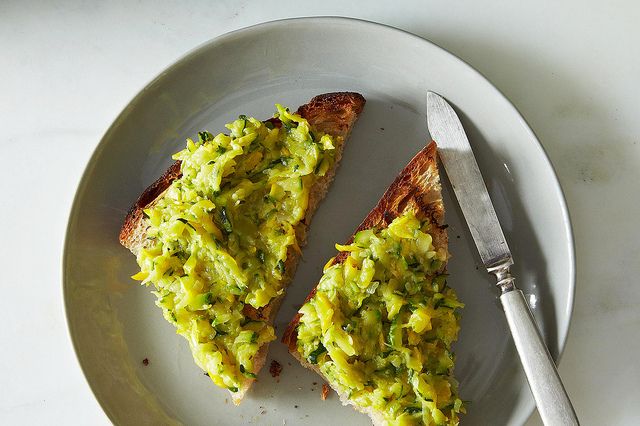
I'm usually fairly devoted to seasonal eating, but I flagrantly ignored the seasonal chapter breakdowns and started with the Grilled Zucchini and Green Onions (from Early Summer) and the Four Corners Lentil Soup (from Winter). In my defense, she calls the latter “[her] favorite recipe that [she’s] ever posted on the blog”—how could I not start with it? I can see why it's a favorite: Lentil soup is like mashed potatoes to me—the ultimate comfort food with no overly assertive flavors. Britton’s is not all that far off from my usual red lentil soup recipe, but the minced ginger really wakes the soup up. It's going to become my new usual. And I have no excuse for hunting down out-of-season zucchini, other than that I’m desperate for warm-weather produce—and that the recipe was completely worth it. It bolstered a fairly bland vegetable—zucchini—by grilling it and serving it with a lemony dressing, crunchy hazelnuts, and grilled green onions. I can only imagine it will be even better when zucchini comes in season.
While I gladly hunted for out-of-season zucchini, some of the other ingredients will take some finding. You’ll likely be scurrying to a natural foods store to pick up psyllium seed husks for her Life-Changing Loaf of Bread (updated in the book with black olives and caraway seeds), coconut sugar for Carrot Rhubarb Muffins, and nigella seeds for the Cucumber Spelt Salad. But Britton is devoted to leading you by the hand with a section on the ingredients you’ll need to stock your pantry with, even down to the water. No, really! Most municipal water in North America is chlorinated, so you'll need to remove the chlorine for recipes that require fermentation (or buy nonchlorinated water). She also walks us through essential techniques for preparing dried beans, ghee, and the like, and teaches us about the Holy Trinity of Flavor (salt, sugar, and acid).
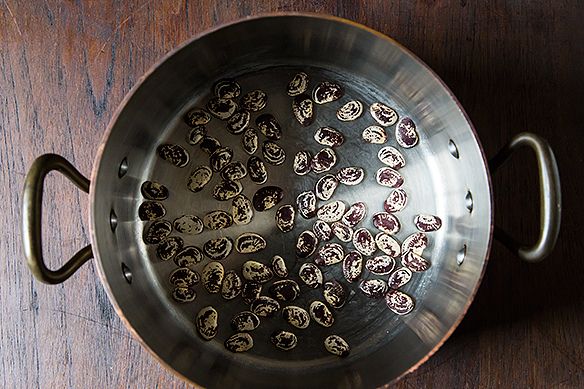
Britton holds the reader’s hand when it comes to other aspects of her recipes, too: Each is marked with symbols that designates if it requires planning ahead (like a dough that requires rising) and if it requires 8 hours or more (like an overnight soak or a longer-term project like fermentation). They're also marked when they're vegan or gluten-free. Plus, my factoid-loving self enjoys Britton's tidbits about various ingredients, from the origin of wild rice to why goat’s and sheep’s milk are easier to digest than cow’s milk (you'll have to read the book to find out!).
That’s not to say that people who know their way around a whole foods-based kitchen are going to be bored. This isn’t a book just for those looking to shift to a more plant-based diet—it’s also for those who are already embracing it. Britton’s likely going to get the most experienced among us to look at ingredients in a new way, whether by using beans in a breakfast bar, soaked sunflower seeds in a “tuna” salad, or avocados and cashews in raw “ice cream” sandwiches.
More: Avocados belong in your smoothies, too.
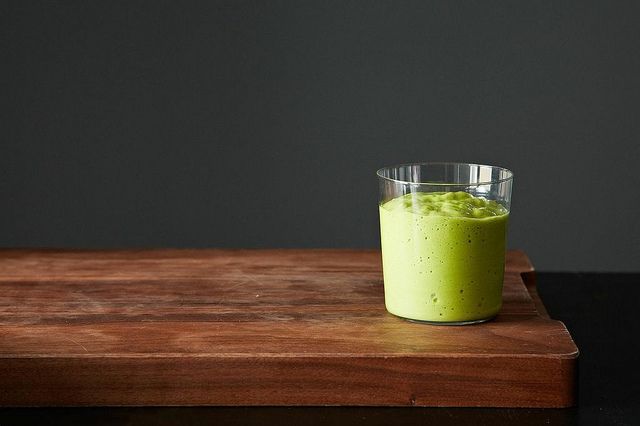
Experienced and novice plant-based eaters will also be taken by Britton’s friendly voice, which especially comes through in her headnotes. They are just long enough to get you excited about the recipes, without being so long that you begin to question whether you’re reading a memoir or a cookbook. Her enthusiasm lands squarely on the charming side of chipper, and leaves us wishing we could join Britton in her kitchen for a chat over a cup of Rooibos Ginger Sun Tea. Plus, it’s impossible not to be delighted by someone with a lengthy pageful of sincere thanks, which starts with her husband (“I love you more than tahini. Almost.”) and ends with her readers (“Together we are building a community of healthy, conscious people who will not take white flour for an answer.”).
More: We can help with the Rooibos tea part, but the conversation is up to you.
I’d be happy with this book on the shelf just for the recipes and helpful information, but there's no way not to mention that Britton is also a very skilled photographer. Although others feel that photographs can quickly date a cookbook, I disagree. Photography is a big piece of what draws me to a cookbook, and the photography in My New Roots doesn't disappoint. A gorgeous photo accompanies almost every recipe, enticing you and making it hard to decide what to make next. (Not too hard though; I'm going for the Raw Key Lime Coconut Tarts.)
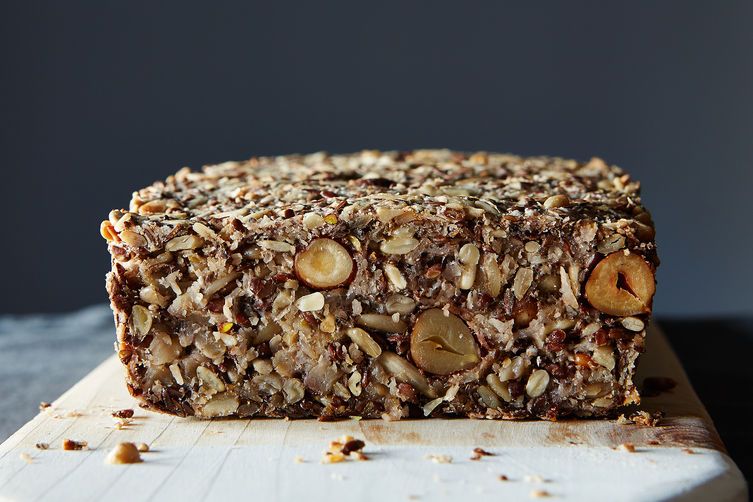
If you've enjoyed her Life-Changing Loaf of Bread, but still aren't convinced as to whether you need this cookbook, you do. Unlike CDs you bought for a hit single and were disappointed to discover that every other song was a dud, that life-changing loaf isn’t a one-hit wonder. The recipes I’ve tried (the both from her cookbook as well as so many from her blog) have worked perfectly, no tweaks needed. (With the exception of one small typo: The Four Corners Lentil Soup calls for “2 large onions or leeks,” while the same recipe on her blog calls for the more likely “1 large onion or 2 leeks.”) The book is now living in my kitchen, with the small subset of my cookbook collection that gets used on a regular basis. I’ll be cooking my way through this cookbook from front to back—I might even do a better job of sticking to the seasons this time around.








See what other Food52 readers are saying.